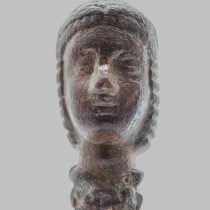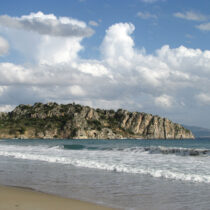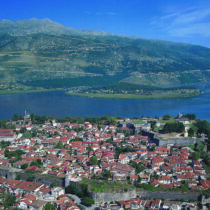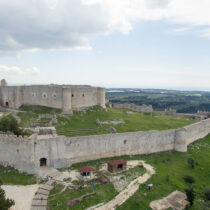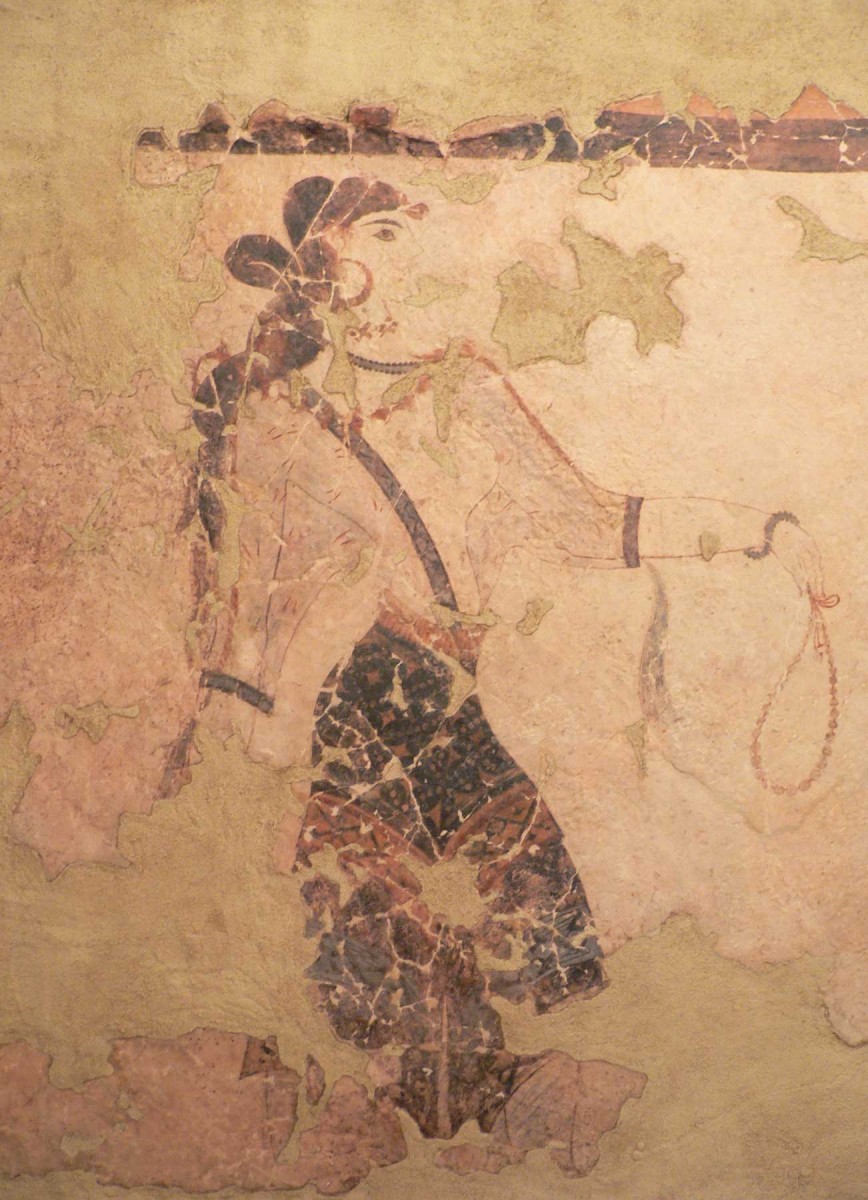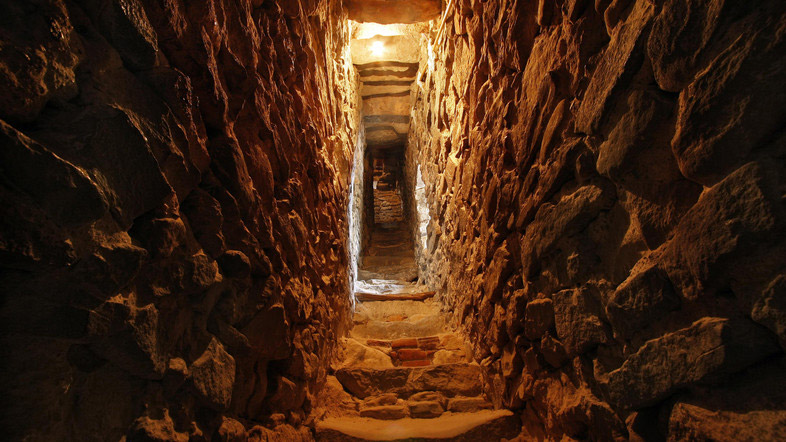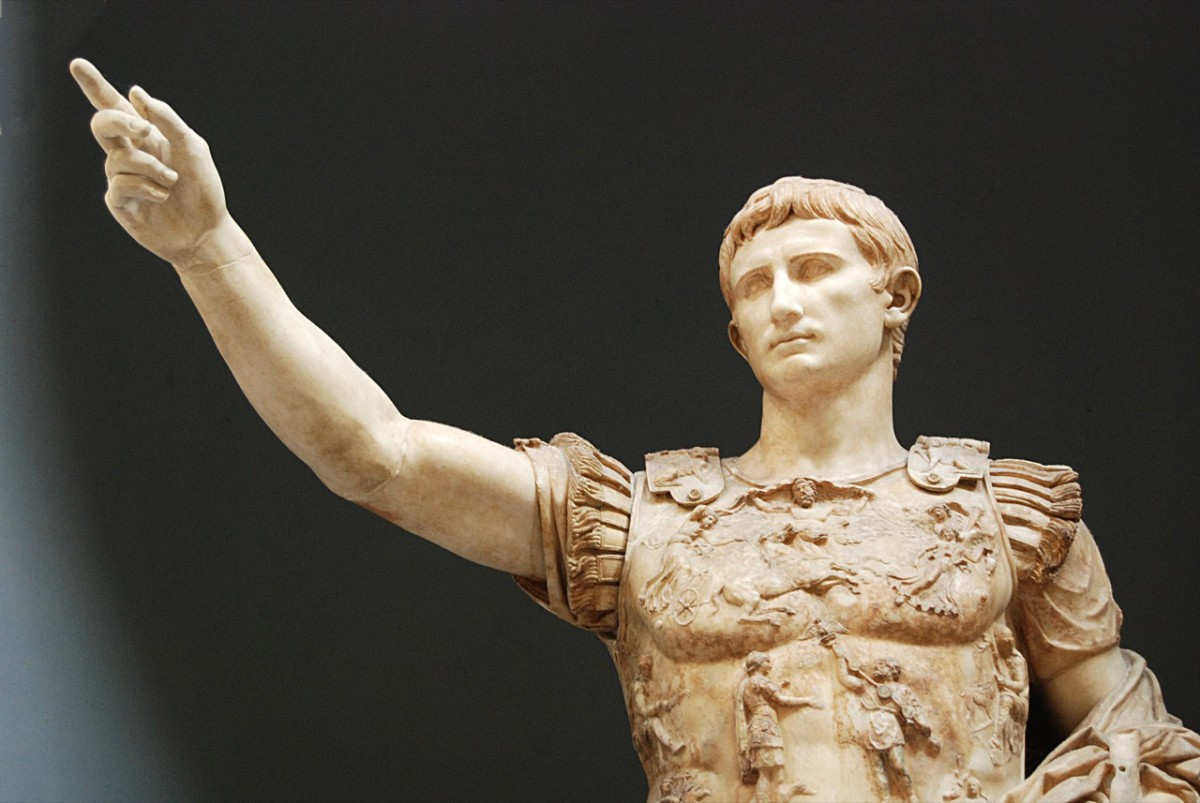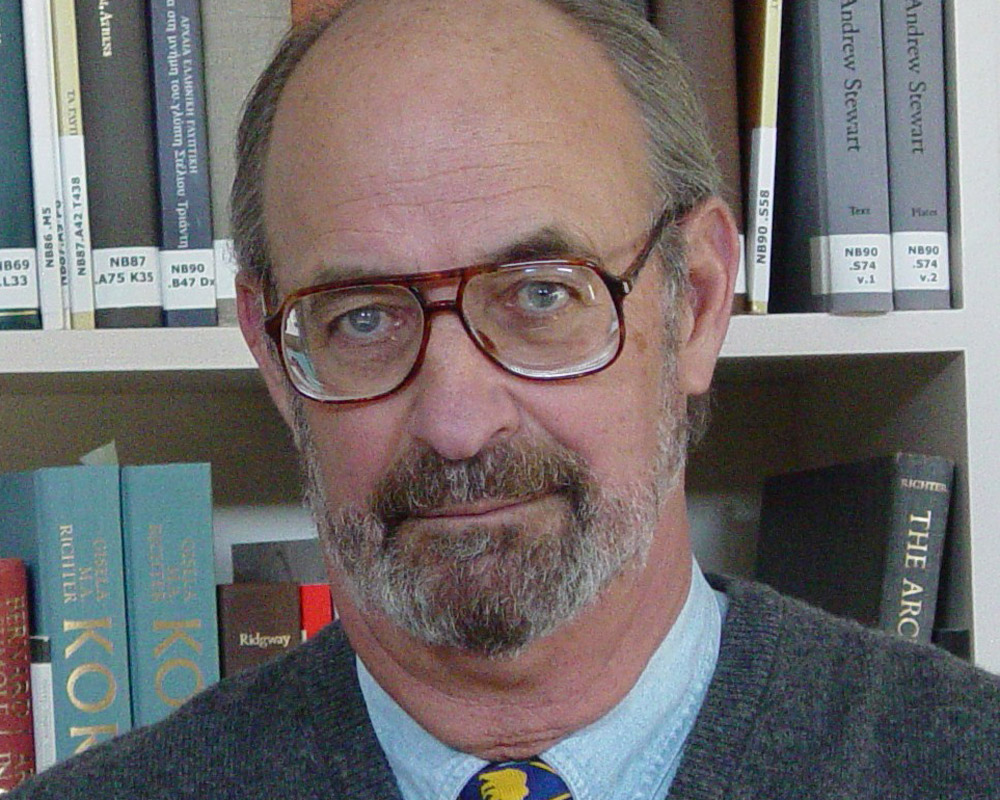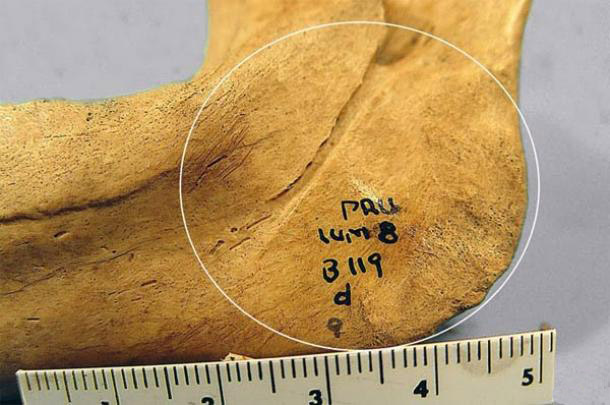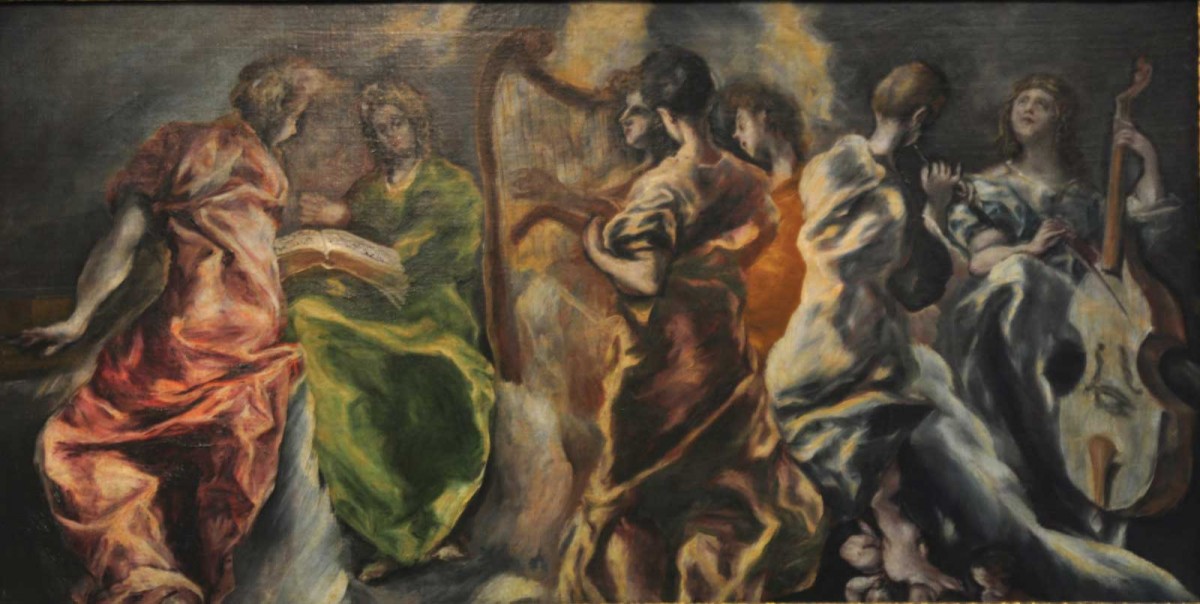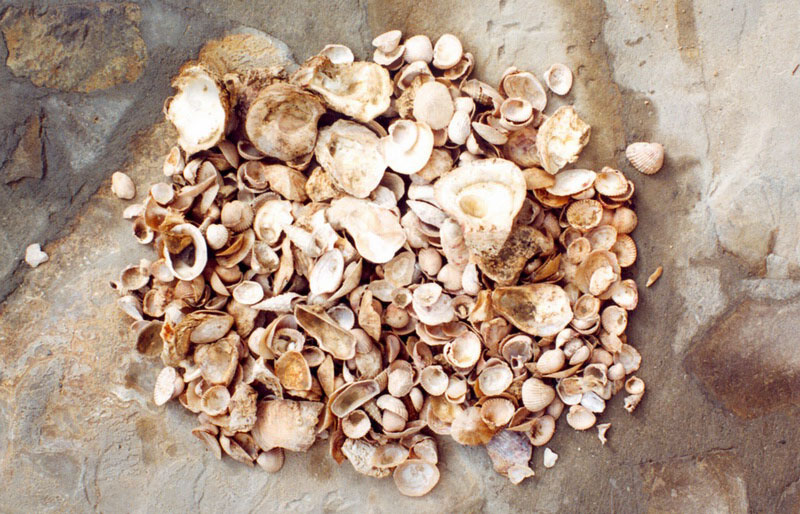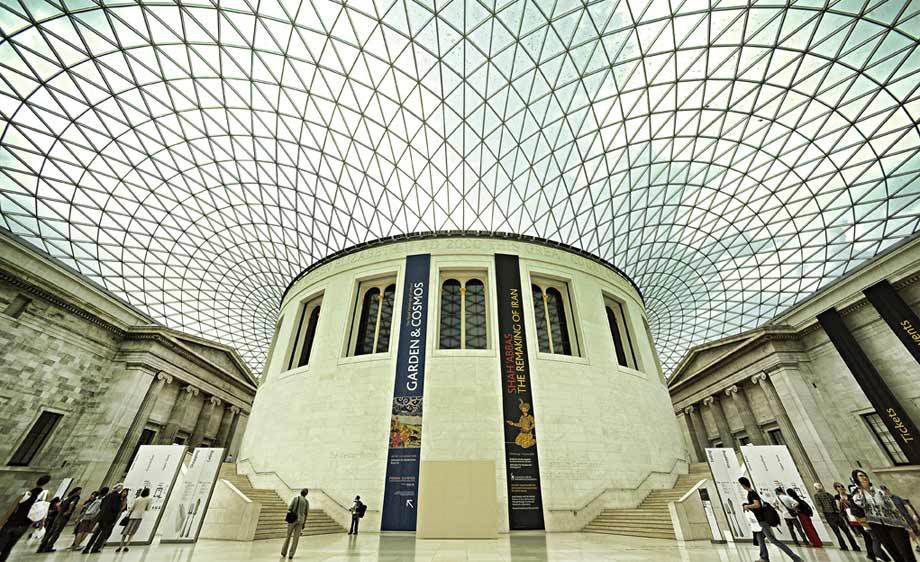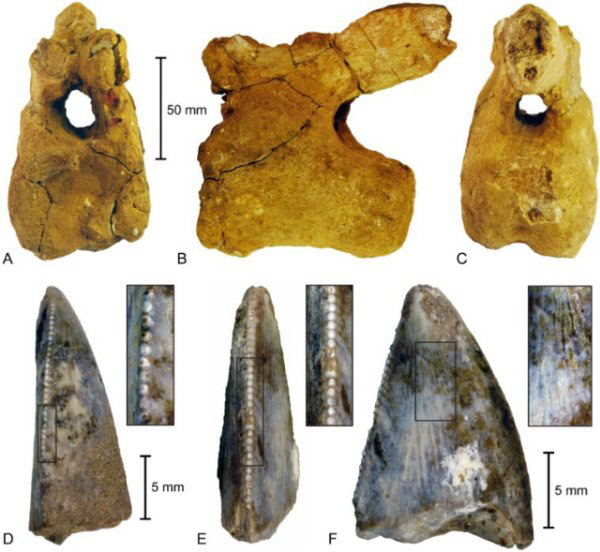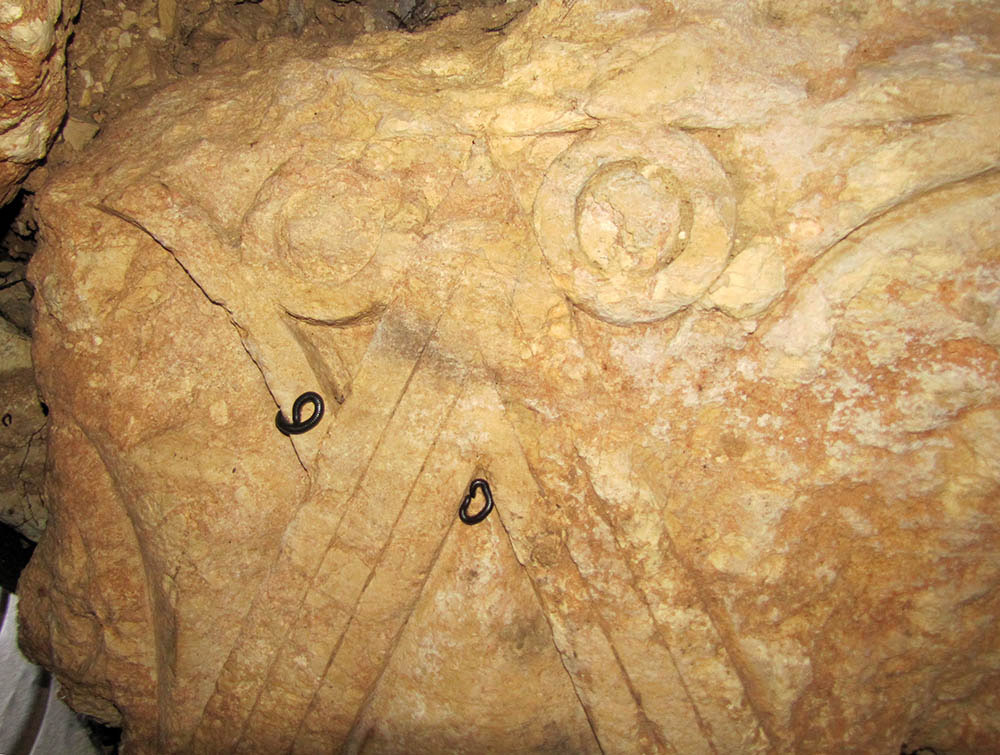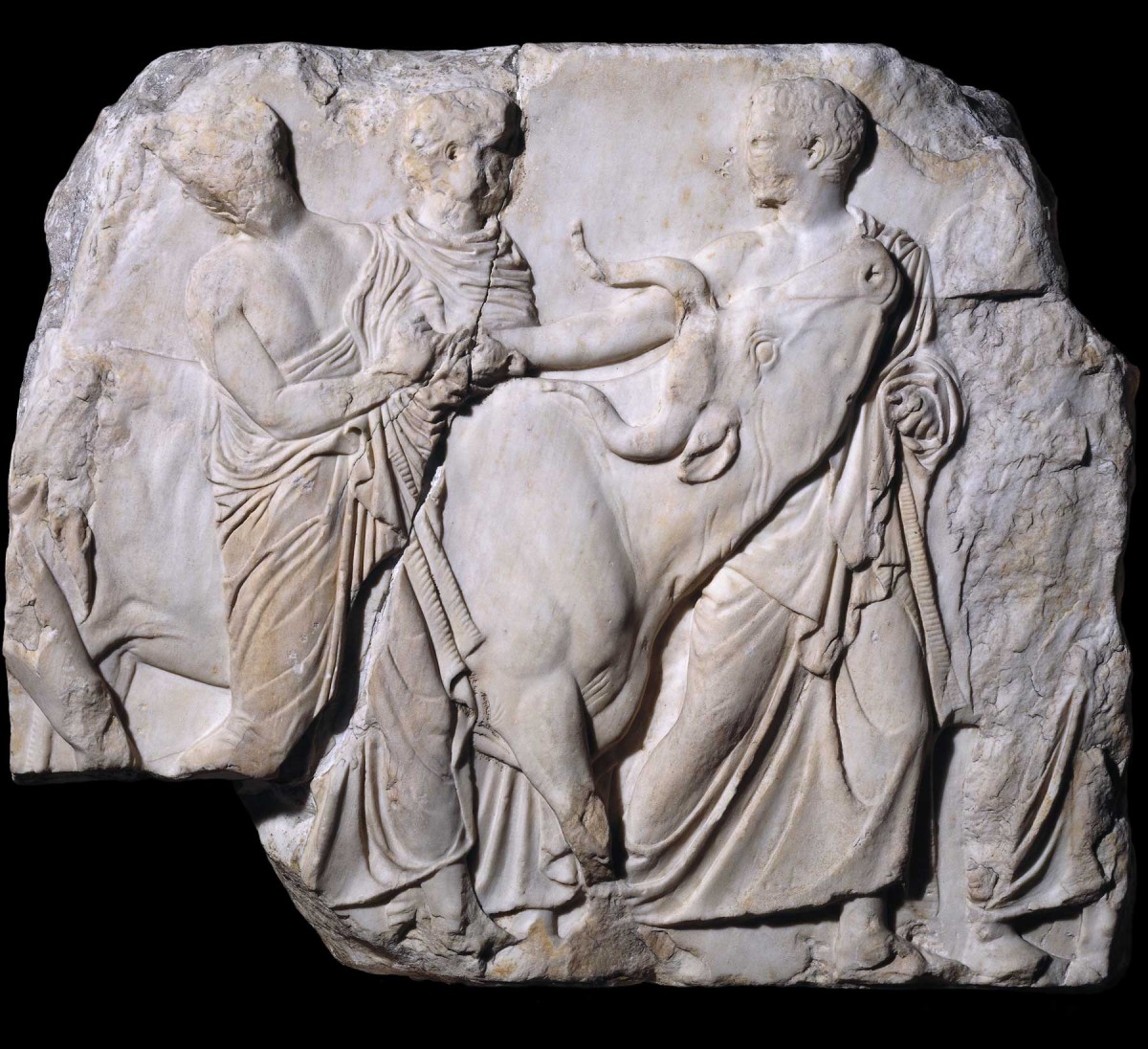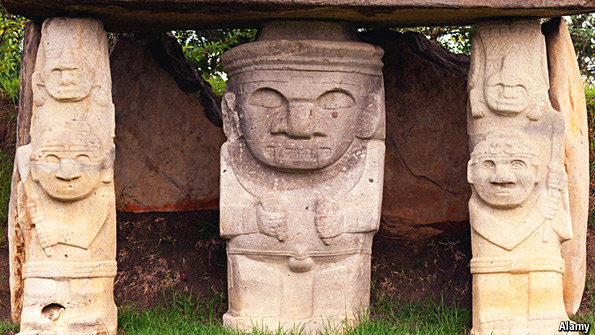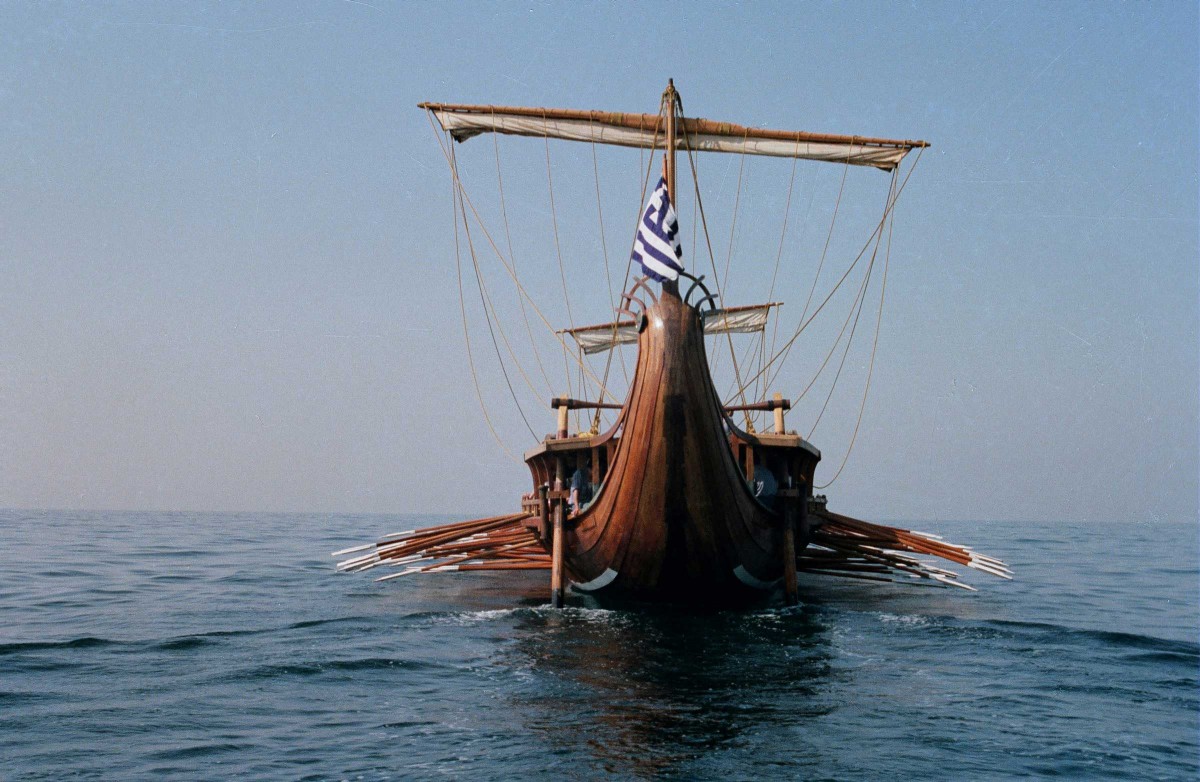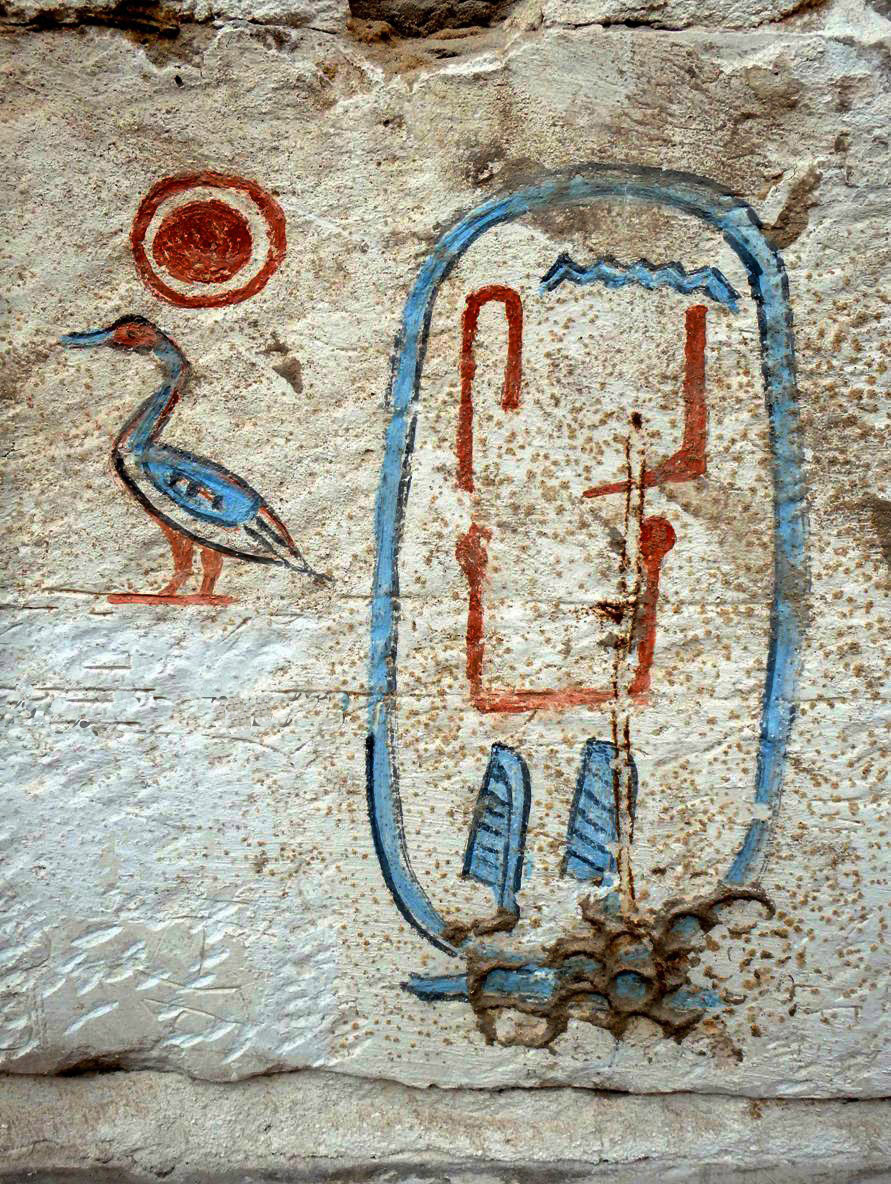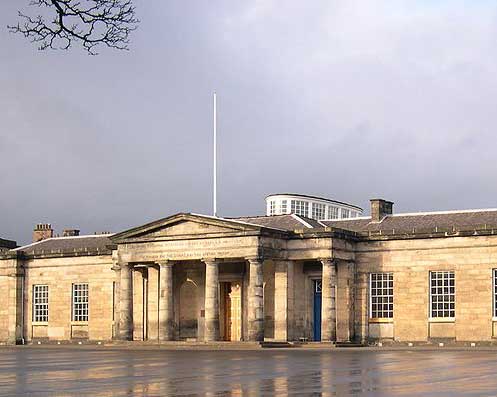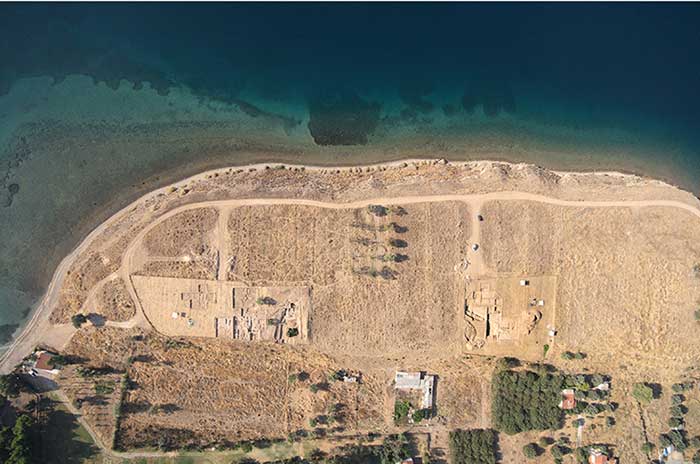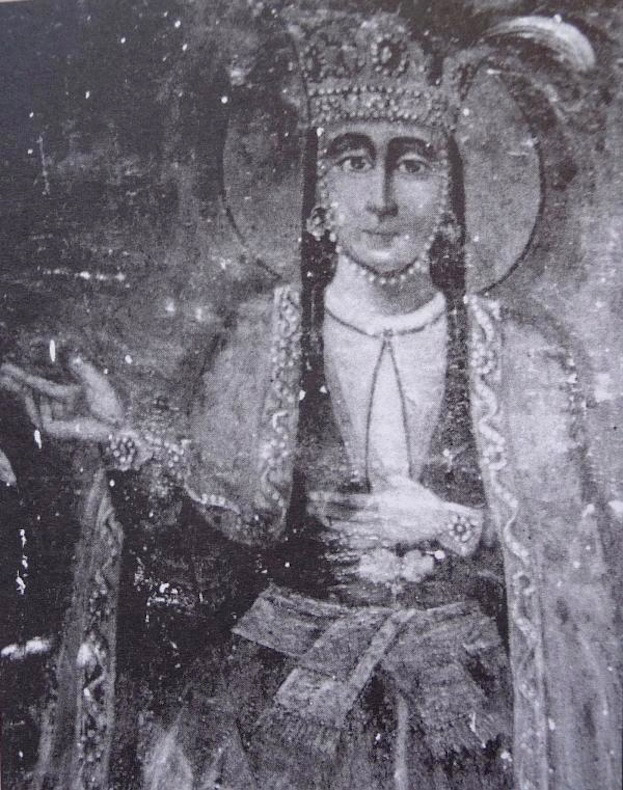Europeana releases cross-platform culture app
Europeana, Europe’s digital library, museum and archive, has launched the second version of its free app.
Threads of change
The next Minoan Seminar will be given on Friday, January 24th by Joanne Cutler (University of Copenhagen).
Torture Chambers Found in Bursa
The dungeons included a ‘bloody well, torture chamber and corridors connecting to tower
Augustus through the Ages
A colloquium will take place in Brussels, November 6-7th, 2014 where historians, philologists, archaeologists and art historians of different periods are invited to present papers on various topics.
Privatizing Cultural Heritage in Greece
Stephen Miller' s suggestion on privatizing the administration of archaeological sites and museums in Greece stirs controversies and causes negative reaction by Greek state archaeologists.
Digitization and Elevation of Cultural Repository of George Zongolopoulos’ Foundation
George Zongolopoulos Foundation aims to inaugurate a new way of promotion and utilization of cultural heritage of its founder, starting with the digitization and documentation of 1095 objects of his collection and offering to the public.
Evidence of Cannibalism Among the Aztecs
Aztec rulers, priests, and high ranking warriors practiced cannibalism as a research rite, new research suggests.
The Greek of Toledo
In the exhibition staged at the Museum of Santa Cruz, which opens on March 14th, over a hundred works by El Greco will be shown.
20th Annual Meeting of the European Association of Archaeologists
Call for papers & posters will be closed on January 27, 2014.
The prehistoric settlement on Koukonisi, Lemnos (Part 4)
Marine animal remains from the Bronze Age settlement of Koukonisi offer an unfailing evidence of the constant, ubiquitous invasion within the constructed space of the most prominent element of the natural environment of the region, the sea.
Museum Assistant at the Egyptian Collection
The Department of Ancient Egypt and Sudan is looking to recruit a temporary Museum Assistant to provide additional technical and administrative support. Secondary education graduates with an enthusiasm for Antiquity and a good degree of manual dexterity required.
First Dinosaur Remains Found in Saudi Arabia
The scientists discovered parts of the tail of a Titanosaurus, a type of vegetarian dinosaur that measured at least 20 meters (66 feet) long, and some of the teeth of another dinosaur.
Towards the end of the tunnel
The longest water tunnel ever discovered in Israel is being excavated in Jerusalem.
Photographic Architecture by Massimo Listri
The exhibition "Massimo Listri: Photographic Architecture", curated by Magda Baltogianni, opens today at the Benaki Museum.
Bouphonia: Killing Cattle on the Acropolis
Jeremy McInerney (Whitehead Professor, ASCSA; Davidson Kennedy Professor, University of Pennsylvania) will give a lecture at the ASCSA.
Almost Missing: The Statues of San Agustín
Pre-Columbian statues are said to be in Colombia's national museum in the capital, Bogota, but NTN 24 television reports they are kept at a local museum in ordre to be moved to Bogota "later".
‘Phantom Place’ and Ships
The seminar, led by Dr. Chryssanthi Papadopoulou (Leventis Fellow at BSA), aims to discuss the phenomenon of ‘phantom place’, and its occurrences and impact on our experience of Place.
A Greek Day in Edinburgh
The Friends of the British School at Athens, The Scottish-Hellenic Societies of Aberdeen, Edinburgh, Glasgow and St Andrews are holding a one-day meeting.
Studying Mahandraparvata
Systematic archaeological survey and excavation have identified an array of cultural features reflecting the importance of a key Khmer city.
Brides: Tradition and Fashion in Greece
Exhibition of wedding dresses from the end of the 19th century to the dawn of the 21st.
Out of the Dark
Next Tuesday, January 21 2014, Irene Lemos will give a lecture at the University of Virginia.
The Lost Queen of Georgia
The complete absence of haplogroup U1b in the Indian subcontinent and its presence in high-to-moderate frequency in the Georgia and adjoining regions, provide the first genetic evidence for the sample being a relic of Saint Queen Ketevan of Georgia

